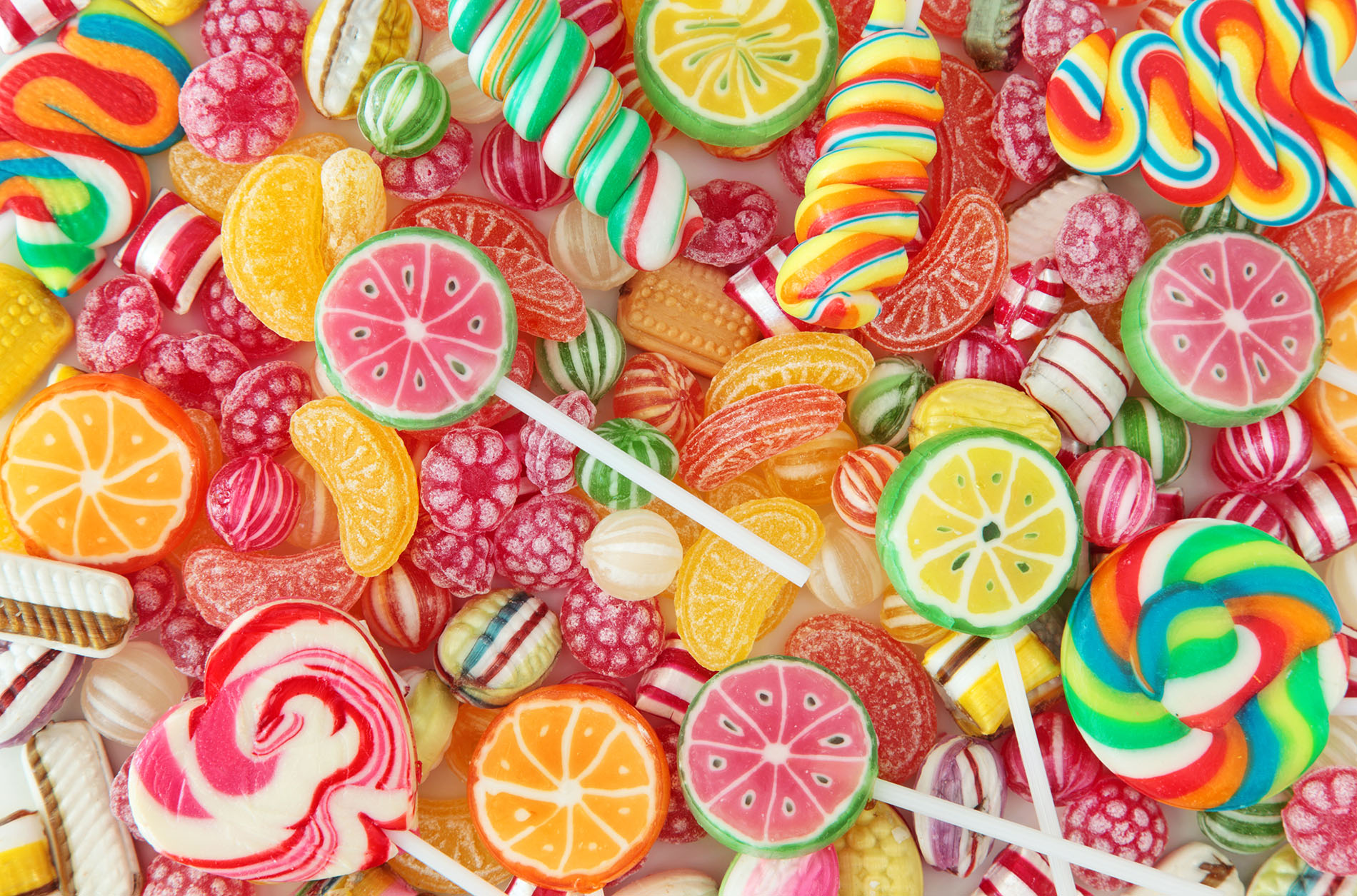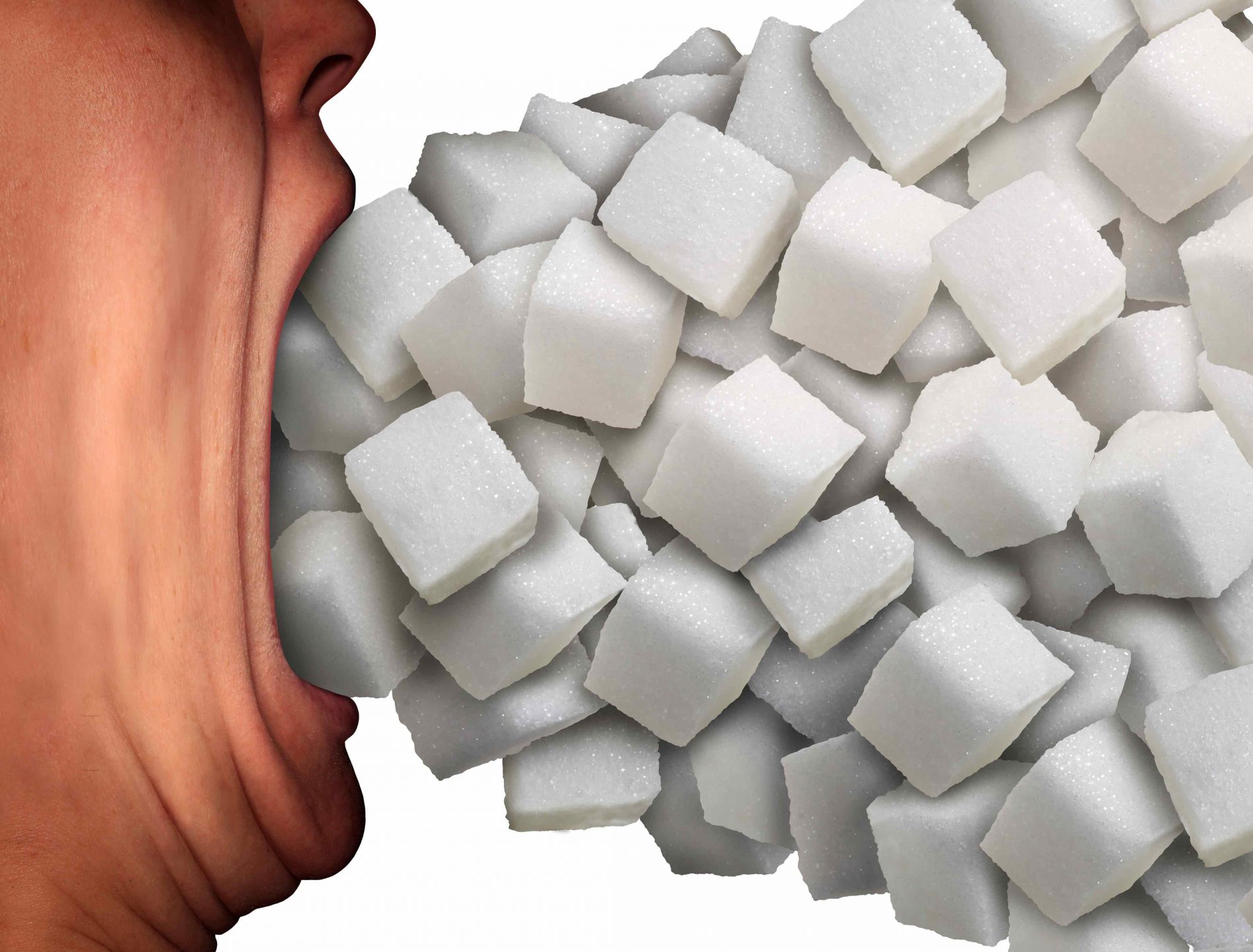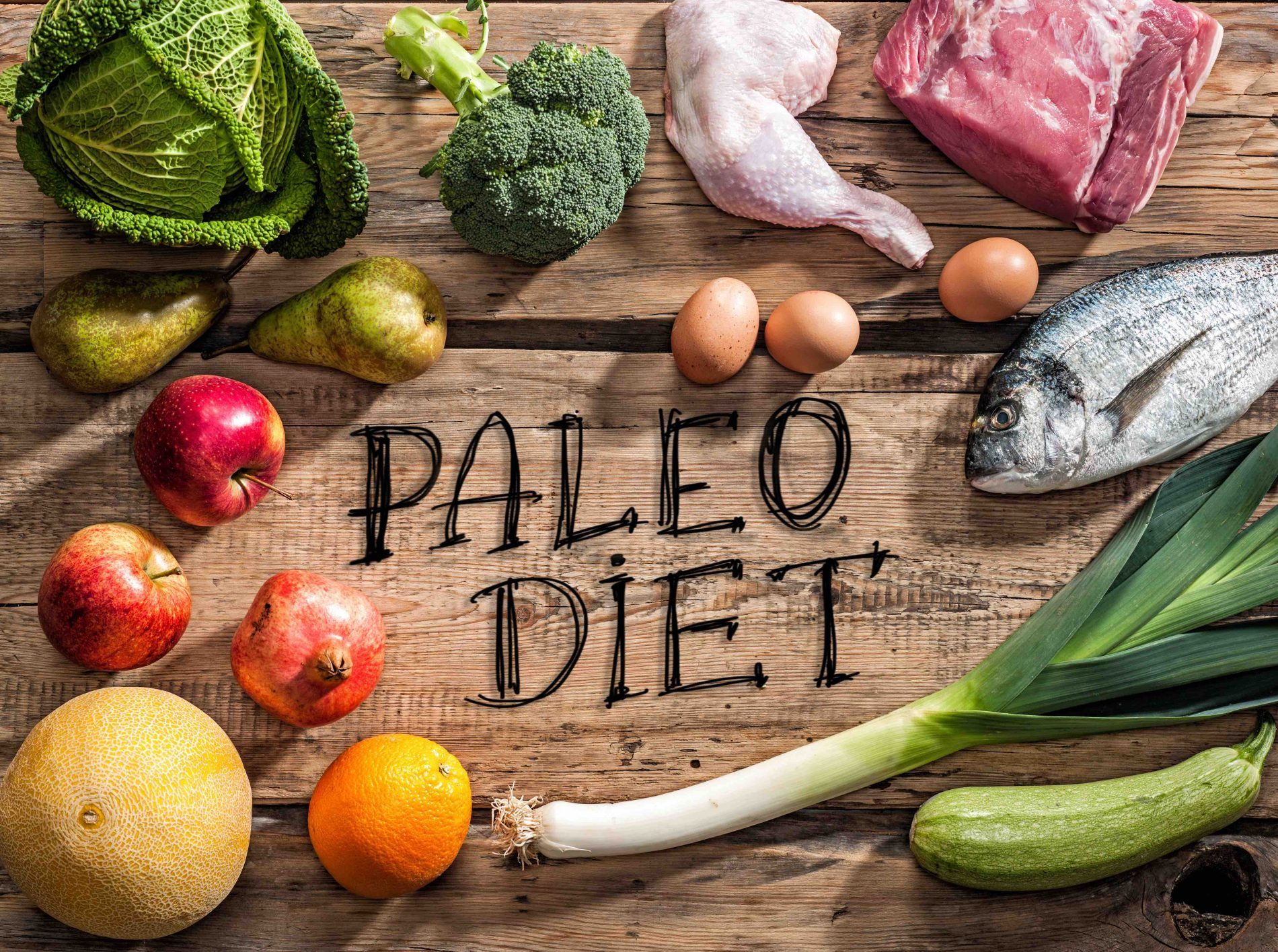Let’s be honest, maintaining healthy weight with all the sugar options available is much harder to do today than it was 100 years ago or even 50 years ago. It just seems a bit unfair, but we are humans and we adapt. Sometimes we just don’t adapt fast enough.
Back when we had to hunt and forage for food, our brains were perfectly suited to seeking out calorie dense foods which was a good thing because we never knew when the next meal was coming and we had to expend a lot of energy to get a meal, so it needed to be a good one.
Now we live with food on every corner, donuts in meetings, and candy bowls on desks. And sugar comes in so much more variety. Honey was about the only option in our foraging days, not we’ve got sugar combined with fat and salt; think of all the different ways we do chocolate, salted caramel, cookies, cakes, pies, pastries. I mean it just goes on and on!
Unfortunately for us, our brains haven’t quite adapted to our abundance of food. It’s still in the pattern of seeking out calorie dense and highly rewarding food and when the brain sees death by chocolate cake, it’s eyes get big and does a touch down dance; SCORE! Think about it; lots of yummy, satisfying calories and it didn’t involve any effort except that of you moving a fork from the plate to your mouth.
So, yes, it’s harder for us today, but not impossible. Here are some strategies to help retrain your brain:
- If you don’t buy it, you can’t eat it – the first thing you can do is keep your money in your wallet. It’s much easier to talk yourself out of buying a decadent treat than it is to stop yourself from eating it. Call someone if you need to.
- You don’t have to eat the whole thing – if your money does come out of the wallet, take up to 4 bites and leave the rest. It will satisfy your cravings without sabotaging your goals. You can also share.
- Eat it with a meal – making dessert part of a meal allows the fat, protein, and fiber from the meal to help slow the release of sugar into the bloodstream so you don’t end up with roller coaster blood sugar where it goes high and then comes crashing down, leaving you with more cravings for sugar.
- Get your sugar fix with healthier options – try berries and whipped cream, a kids size scoop of ice cream with cinnamon, frozen grapes, frozen bananas dipped in dark chocolate (at least 70% cacao), or apples stir fried in butter with cinnamon and ginger. You’ll get some nutrients with these treats and they will help cut cravings for more extreme desserts.
- Create barriers – if you want a treat, make it yourself instead of buying it premade. This helps you expend a few extra calories in obtaining it and allows you to control the ingredients so you can use healthier fats, reduce the sugar and use more nutritive sweeteners. Plus, if you have to make it, you might just decide to do without. Another barrier you can set up is cost. Get more nutritive sweeteners like honey, maple syrup, molasses, coconut sugar, and date sugar. These are more expensive than white sugar which can help to cut down on the amount of sweets you eat.
Note: If you’re looking to make a change with a fresh start then check out this other Family Health Advocacy article on cleansing in just 21 days.
If you just can’t resist the sweet treats, examine your diet. You might not be getting enough salt and fat. It might take some practice and a few strategies, but you can get the upper hand when it comes to sugar. Be careful with artificial sweeteners as well. You may think that you’ve found a healthy alternative but all sweeteners are not created equal and many come with some serious health risks.
If you’d like to be notified when my book, The Switch Diet, is available, follow me on Facebook or get on my email list.
Annette Presley RD, LD, is a functional nutritionist, author, speaker, and entrepreneur. She enjoys helping people live their lives well so they can stay out of hospitals and spend more time with their families and doing the things they love.




